From Cong to Foxford
"The creation of the world did not take place once and for all time, but takes place every day" (Beckett)
If I were to give a definition of the term "inspiration", I'd talk about the particular mental state that stimulates that sudden flash of lightning and the seemingly indecipherable analogies between what is around us at any given moment and our own experience of life.
Whilst travelling in the countryside around Ballintubber, for example, a long forgotten character from my childhood suddenly popped into my mind. A man with a moustache who, every afternoon, sitting on a chair placed by the roadside where we both he and I lived, would watch the cars and the people go by, completely imperturbable. At first, I couldn’t understand what had mad me think of him at such a moment, simply going along this country road. Then I realized: just like the sheep, the trees and the waters of Lough Carra that we’d been admiring, whilst the old man would never say a word, his deep, slow breaths could always be clearly heard from afar. In fact, the Irish landscape often gives the impression of actually breathing, acting as the silent witness along your path.
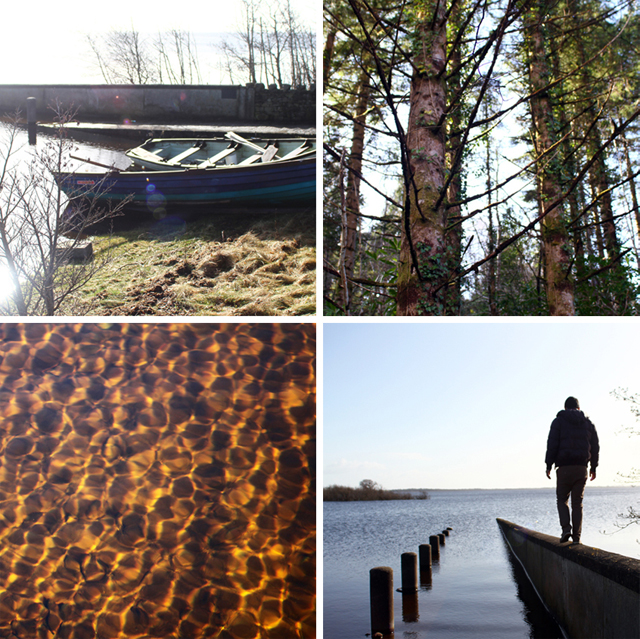
Lough Mask, the largest in Europe for trout fishing, is so peaceful that you feel a compelling desire to change its history, unable to imagine it was once the scene of violence during the Land War of the late nineteenth century. The reflection of the boats and trees on the water is so absolutely perfect as to leave you confounded by the seemingly mirrored and parallel universe taking place right before your eyes.
In fact, it’s not entirely unfounded the sensation that in those part nature breathes. On the shores of the lake, in an area that still remembers the old Irish language, is Tourmakeady Wood. In 2000, as part of the project "The people's millennium forest", the local inhabitants were given funding to plant their very own tree in the park. One of the paths that cross it leads to Tourmakeady falls, at the base of which you’d expect to find the birthplace of rainbows, so much so that you just want to jump in and see for yourself.
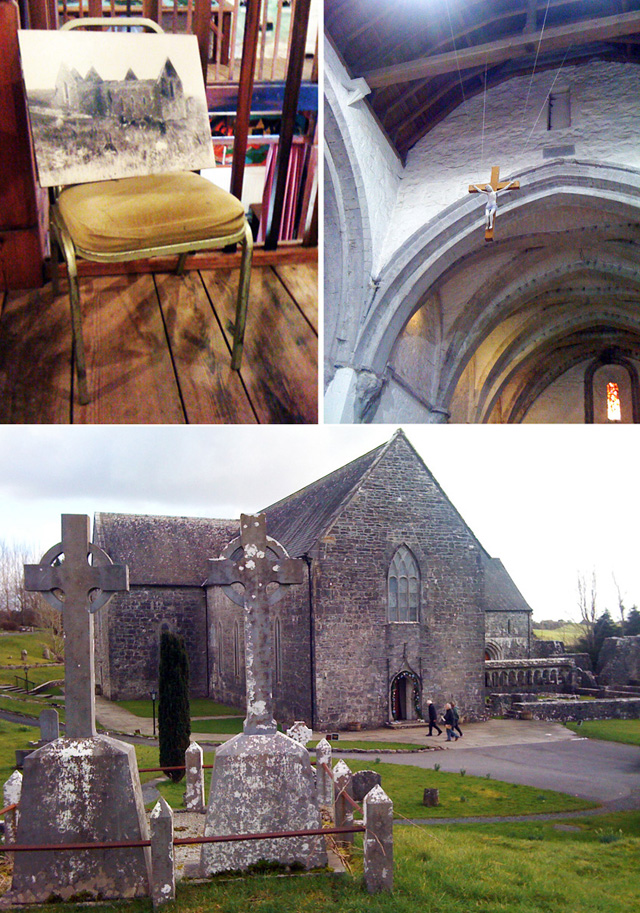
Returning to Ballintubber, you start to appreciate the difference between a 'good story' and a 'true story' with the help of Father Fahey, ironic pastor of the marvellous Ballintubber Abbey. The church, from where you can see the sacred mountain of Croagh Patrick in the distance, is the only one founded by an ancient Irish king (in 1216) still in use, and speaking of good stories, in 2001 it hosted the wedding of 007 Pierce Brosnan.
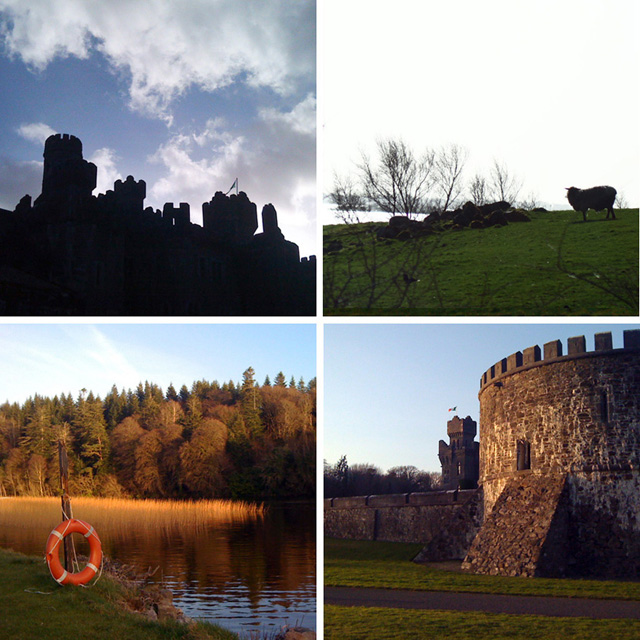
The sunset is made even more perfect by the surface on which it rests. The medieval Ashford castle in Cong, is one of those structures that are made for intercepting the diagonals of the sun and transforming them into pure serenity. In a park overlooking the boundless Lough Corrib, the mighty outlines of the fortress towers cut through the sky, casting their huge shadows on the lawn. The castle, built in 1228, has for many years now been a hotel and in its long history has been host to many historical figures. It was here that John Huston chose as the setting for his film "The Quiet Man", a symbolic confirmation of the peace and tranquility to be found here.
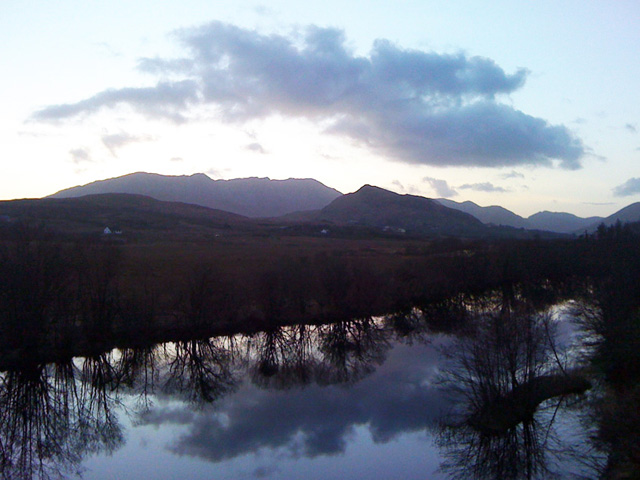
Proceeding from Cong in a westerly direction, towards the coast, we arrive at the fjord of Killary Harbour, which infiltrates itself into the earth and divides the counties of Galway and Mayo, giving each one its romantic shore. If you then head north, through Dhulough Pass, you finally arrive at Croagh Patrick, a natural monument that celebrates the patron saint of Ireland. The mountain, on which thousands of feet, inspired by faith, have trod, seems to emanate the spirituality it’s absorbed over the centuries, like a flower awaiting the night air to release its fragrance. On its slopes stands, suggestively, the National Famine Monument, which once again demonstrates how the Irish are able to use a painful past to build their future and strengthen their identity.
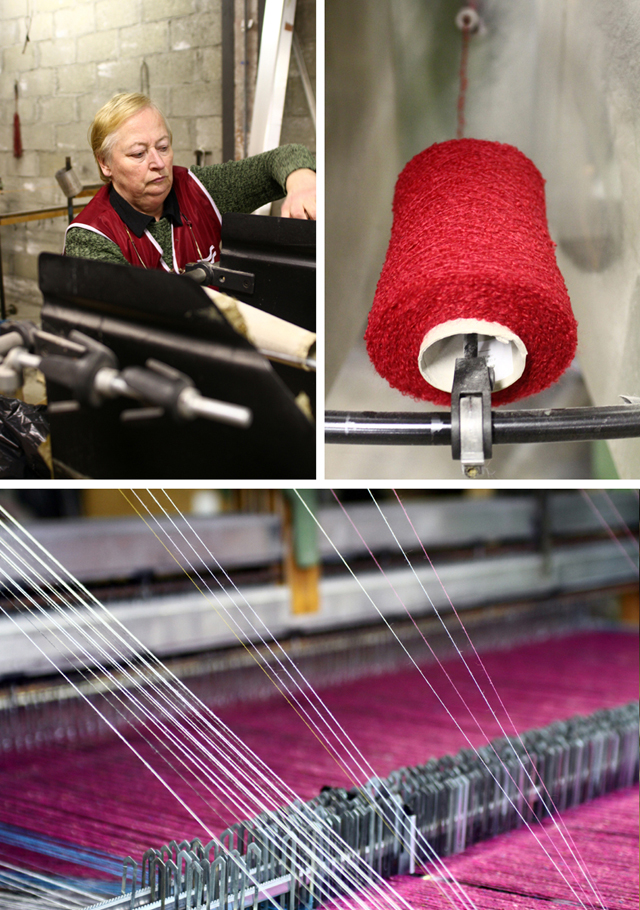
But the Irish identity is built on courage as well as pain. The courage of people like Mother Agnes Morragh Bernard, who in 1892 founded the Foxford Woolen Mill that still thrives today, with its threads, colours and tests; but above all, the courage of men such as Michael Davitt, theorist of the passive resistance to which thanks was owed for the liberation of the Irish peasants from the English landlords. The Michael Davitt Museum, located near Foxford, next to the Straide Abbey where he’s buried, retraces the most important stages in his tale of freedom.
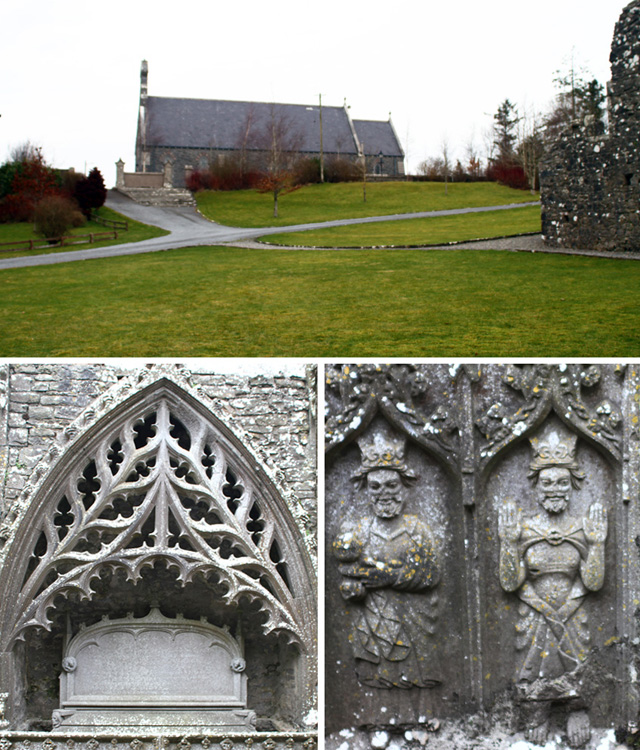
And if it’s not enough that it was the very same Michael Davitt who inspired Gandhi in his campaign against the British Empire, at the end of the day, inspiration, especially when it comes to Ireland, is born from those happily unexpected analogies.
DAY 3 <
Western Ireland | Mayo | People | Credits & Links